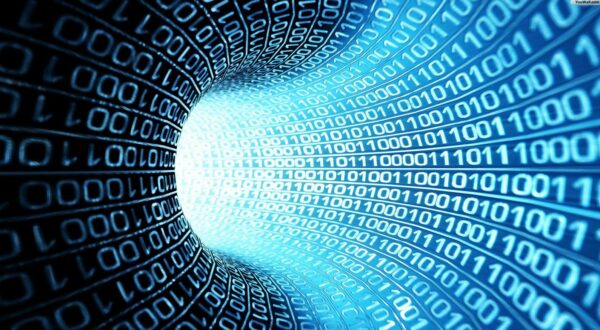The Evolution of Bytes: From Bits to Yottabytes
Data drives have evolved enormously since the invention of the first computers, adapting to the rapid growth of technology and the exponential increase in data generation. From bits to yottabytes, this is the story of the evolution of measurement units in computing. History of Data Units The first computers operated at their most basic level using bits. A bit, which can be a 0 or a 1, represents the smallest unit of information in digital computing. Over time, it was…




